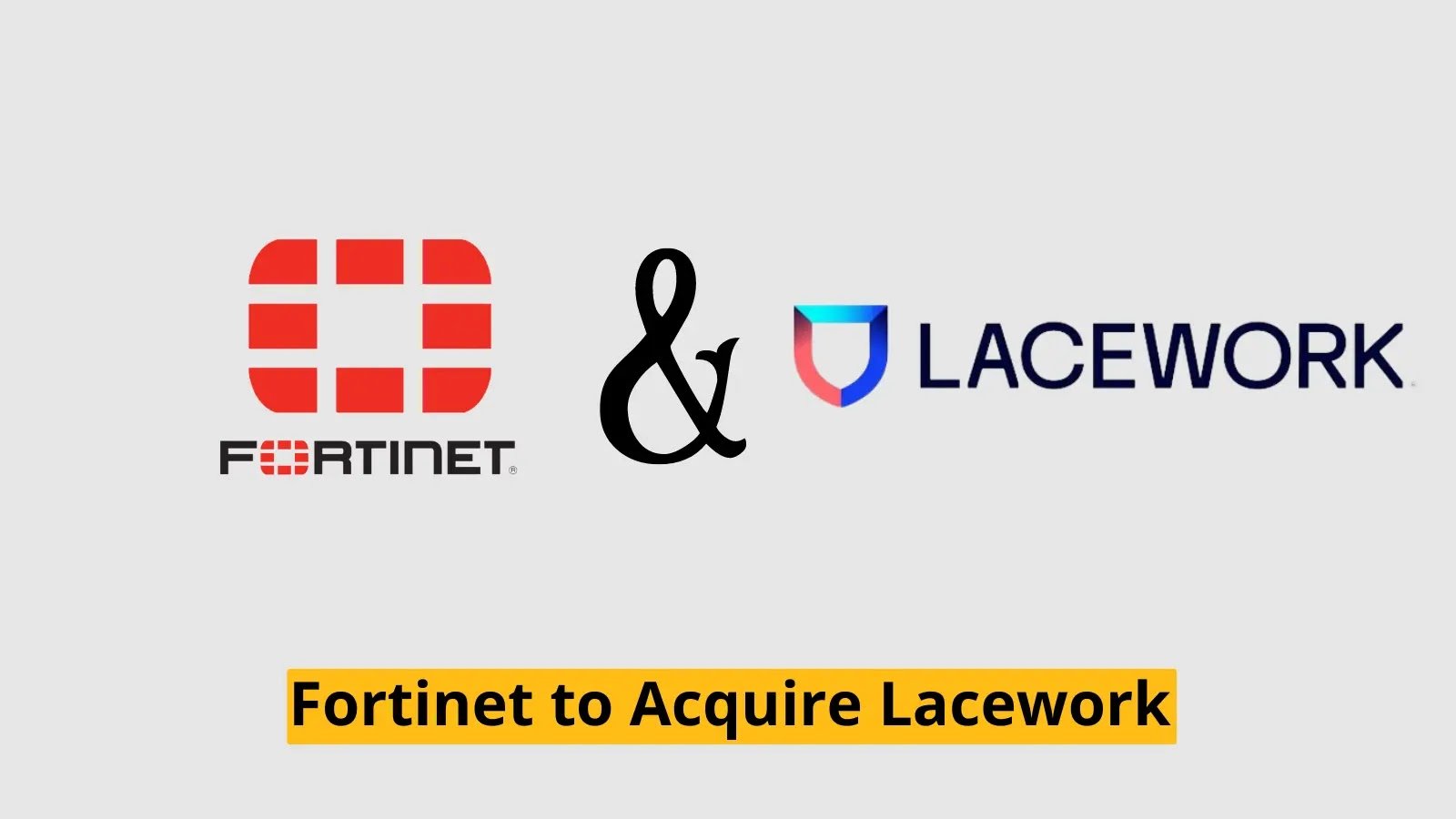In the ever-evolving landscape of cybersecurity, organizations are constantly seeking robust solutions to fortify their digital infrastructure against an array of threats. At the heart of this defense lies Active Directory (AD), a critical component that serves as the foundation for managing and securing access to resources within a network. As cyberattacks grow in sophistication and frequency, understanding the pivotal role AD plays in safeguarding sensitive data and thwarting unauthorized access is paramount for any organization serious about protecting its assets.
What role does Active Directory play in a cybersecurity strategy?
Active Directory (AD) plays a crucial role in a cybersecurity strategy as it serves as the backbone for managing identities and access to resources within an organization’s IT environment. Here are key aspects of Active Directory’s role in cybersecurity:
1. Identity and Access Management (IAM)
2. Authorization and Permissions
3. Group policies and Security Baselines
4. Centralized Security Policies
5. Integration with Security Services
6. Security Logging and Auditing
7. Security Remote Access
8. Threat Detection and Response
9. Identity Federation and Single Sign-On
10. Compliance and Reporting.
1. Identity and Access Management:
- User Authentication: Active Directory authenticates and authorizes users, ensuring that only authorized individuals have access to the network and resources.
- Single Sign-On (SSO): It facilitates single sign-on, allowing users to access multiple resources with a single set of credentials, improving user experience while maintaining security.
2. Authorization and Permissions:
Active Directory is responsible for overseeing permissions and access control for both users and groups, guaranteeing that individuals are granted the suitable level of access in accordance with their respective roles and duties.
3. Group Policies and Security Baselines:
- Group Policies in Active Directory enable administrators to enforce security settings across the network, ensuring consistent security configurations.
- Security baselines provide predefined security settings recommended by Microsoft and can be applied to enhance the security posture of systems.
4. Centralized Security Policies:
Active Directory allows administrators to centrally manage and enforce security policies across the organization, such as password policies, account lockout policies, and audit policies.
5. Integration with Security Services:
- Active Directory integrates with various security services, such as Certificate Services for managing digital certificates and encrypting communication.
- Integration with Windows Defender and other security solutions enhances the overall security ecosystem.
6. Security Logging and Auditing:
- Active Directory provides logging and auditing capabilities, allowing organizations to monitor and track changes to AD objects and security settings.
- Audit logs help in identifying suspicious activities and providing a trail for forensic analysis.
7. Secure Remote Access:
- Active Directory facilitates secure remote access through technologies like Virtual Private Networks (VPNs) and Direct Access.
- Remote users can authenticate against AD, ensuring that access is granted to authorized individuals only.
8. Threat Detection and Response:
- Active Directory can be a valuable source of information for threat detection and response. Monitoring changes and anomalies in AD can help identify potential security incidents.
- Integrating AD with Security Information and Event Management (SIEM) solutions enhances real-time threat detection capabilities.
9. Identity Federation and Single Sign-On:
- Active Directory Federation Services (ADFS) enables identity federation, allowing users to access resources across different domains and even external services using a single set of credentials.
- Single Sign-On across federated services improves user convenience while maintaining security.
10. Compliance and Reporting:
- Active Directory helps organizations meet regulatory compliance requirements by providing tools for enforcing security policies and generating compliance reports.
- Compliance reporting ensures that security controls are in place and being followed.
Conclusion:
Active Directory serves as a critical component in an organization’s cybersecurity strategy by providing centralized management of user accounts, access controls, and security policies. Its role in authenticating and authorizing users, as well as managing permissions and privileges across the network, is essential for maintaining a secure environment. Furthermore, Active Directory enables efficient monitoring and auditing of user activities, contributing to threat detection and incident response capabilities. Organizations must recognize the significance of integrating Active Directory into their cybersecurity frameworks to establish robust defenses against unauthorized access and data breaches. As technology evolves and cyber threats become more sophisticated, it is imperative for businesses to continually assess and enhance their Active Directory security measures to safeguard their digital assets effectively.





